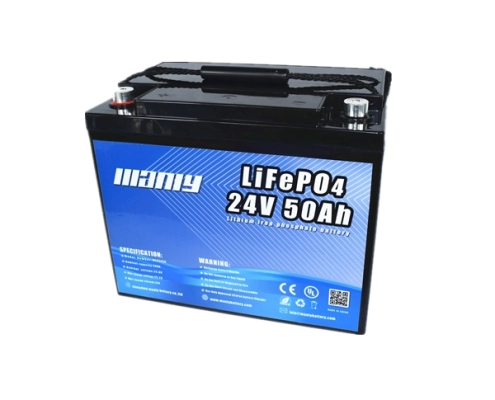2024 Stretchable Lithium Ion Battery Unlocks New Tech Fields
The stretchable lithium ion battery represents a significant innovation in the field of wearable technology. These batteries are designed to be flexible and durable, making them ideal for a wide range of applications, from smartwatches to medical devices. As the demand for stretchable electronics continues to grow, these advanced batteries are set to play a crucial role in the future of both consumer electronics and healthcare technologies.

Stretchable Lithium Ion Battery: A New Era in Wearable Technology
Market Overview
In 2022, the global market for stretchable lithium ion batteries was valued at $175.7 million. This market is expected to grow rapidly at a rate of 23.0% over the forecast period. The increasing demand for stretchable batteries in wearable devices like smartwatches and phones is a major factor driving this growth. These batteries are crucial for powering adaptive devices that require flexibility, such as being bendable, twistable, and ultra-thin to withstand mechanical deformation during use.
Applications and Benefits
Stretchable electronics, including these advanced batteries, play a vital role in enhancing the functionality and user experience of wearable technology. Their lightweight and compact design makes them ideal for portable devices, allowing them to fit into available spaces and reduce the weight and size of the products. These batteries are specially designed to endure bending, stretching, and other mechanical forces, making them more durable compared to traditional rigid batteries. This enhanced durability is particularly beneficial for wearables that experience regular movement and bending.
Technological Advancements
Recent advancements in stretchable lithium ion battery technology are expected to drive market growth. The increasing demand for advanced wearables, implantable electronic devices such as pacemakers, and soft wearable devices used in urban settings has sparked interest in creating batteries with properties similar to human skin and organs. For instance, in March 2022, a Korean research team developed a soft, mechanically deformable, and stretchable lithium battery suitable for wearable devices. They tested its potential by printing the battery onto clothing. This battery integrates existing lithium ion materials and achieves an energy storage density of approximately 2.8 mWh/cm², comparable to commercially available rigid lithium ion batteries operating at 3.3V or higher.
Challenges and Considerations
Despite the promising advancements, there are challenges in the market. Repeated twisting of flexible batteries can cause cracks in the electrode layers, leading to the breakdown of active materials and hindering market growth. This issue mainly arises from limited adhesive strength between electrode materials and current collectors. Additionally, continuous twisting can increase internal resistance within the battery, affecting its performance. There are also concerns about the battery pack itself; for example, aluminum plastic films used in standard lithium batteries may wrinkle in flexible batteries, potentially causing leaks if the electrode layers are punctured.
Stretchable Lithium Ion Battery: Innovations and Applications
Cambridge University’s “Jelly Battery”
In the UK, researchers at Cambridge University have developed a novel stretchable lithium ion battery inspired by electric eels. They have named it the “jelly battery” due to its unique design. This battery mimics the layered structure of electric eel tissue, which is flexible and conductive.
Lead author Stephen O’Neill mentioned in a press release, “Designing a material that is both highly stretchable and highly conductive is challenging because these properties are usually conflicting.” The Cambridge team’s battery uses hydrogels, which are polymer networks containing over 60% water. These structures can stretch and return to their original shape without losing functionality.
Exceptional Stretchability and Resilience
The study described the creation of a supramolecular polyion network with high stretchability (>1500%), compressibility (>90%), and rapid self-recovery. Due to the reversible bonds formed by compound molecules, the jelly battery’s layers have strong adhesion.
The paper noted, “Supramolecular cross-linking allows layered samples to elongate more than ten times their initial length before breaking at the interface.” Oren Scherman, a professor and director at the Melville Laboratory for Polymer Synthesis, emphasized the customizability of hydrogels to match human tissue’s mechanical properties.
Potential Medical Applications
Cambridge University’s team proposed that their jelly battery could be implanted in the brain for drug delivery or to treat conditions like epilepsy. Hydrogels, free from rigid metal components, are less likely to be rejected by the body or cause scar tissue buildup. Additionally, hydrogels exhibit remarkable toughness, resisting permanent deformation under compression and self-repairing when damaged.
Broader Implications
The development of these technologies is a global priority. The World Economic Forum listed flexible batteries as one of the “Top Ten Emerging Technologies of 2023.” These advancements are set to expand possibilities in wearable devices, IoT applications, flexible smartphones, and brain-computer interfaces (BCIs).






